|
HOME: www.hiltonpond.org |
|||
THIS WEEK at HILTON POND Subscribe for free to our award-winning nature newsletter (Back to Preceding Week; on to Next Week) |
SCHWEINITZ'S SUNFLOWER: Back in 2002, Dr. Dick Houk--retired professor from Winthrop University who was one of our field botany mentors--gave Hilton Pond Center more than two dozen seemingly nondescript brown-colored tubers (below left) that, in reality, were more precious than any gemstone.
All text, maps, charts & photos © Hilton Pond Center When Spring and Summer 2005 came to Hilton Pond and we found no sign of our Schweinitz's Sunflower, we assumed some herbivore had finally gotten to it, but lo and behold when 2006 rolled around we discovered the old tuber had given rise to TWO flower stalks--both of which bore numerous blossoms into early October. In the years since our persistent sunflower has flowered some years and been browsed to the ground in others, but this year were were stunned in early October when this specimen plant yielded its most robust growth ever: A dozen stout stalks (above) on which flowers just starting to open were so plentiful they made the stems lean almost to the ground.
All text, maps, charts & photos © Hilton Pond Center Because we were due to be out of town the first weekend in October we made mental note to take photos of the phenomenal sunflower bloom when we returned to Hilton Pond Center. As we tried to follow through this week you can imagine our surprise when--after toting tripod, camera, and several lenses to the meadow--we discovered almost none of the flowers remained in their typical showy yellow form. Schweinitz's Sunflower is a one-inch-diameter composite flower with sterile ray flowers (often mistakenly called "petals") and much smaller disk flowers at the center of the inflorescence, but we could find very few bright yellow ray flowers. We located withered brown ray flowers on some blooms that must have flowered earlier than the rest. Few of these were present, however, and we finally figured out what had happened by taking a close look at the few yellow ray flowers that did remain. As shown in the image above, most ray flowers apparently had been eaten completely or in part by petal-chewing creatures--likely caterpillars, beetles, or grasshoppers. Although we were unable to find any invertebrate folivores we can think of no other explanation for the sudden and nearly complete loss of so many yellow ray flowers--especially when most that remained showed telltale signs of herbivory. (NOTE: On the topmost yellow ray flower in the photo above are two fuzzy white things; these are mealybugs that, as sap suckers, would not have left chewing evidence on the sunflower's ray flowers.)
All text, maps, charts & photos © Hilton Pond Center The near absence of ray flowers on our sunflower gave us good reason to look closely at the plentiful disk flowers that remained. In the photo just above are a few curly brown ray flowers, but what is most apparent is how many disk flowers actually are present in a Schweinitz's Sunflower blossom whose center is only a half-inch in diameter.
All text, maps, charts & photos © Hilton Pond Center In even closer macroscopic view you find that the sunflower disk is indeed made of several dozen tiny ray flowers--each an eighth-inch tubular structure complete with yellow petals, stamens, and a curlicue pistil whose sticky, somewhat hairy surface receives that all-important pollen.
All text, maps, charts & photos © Hilton Pond Center As noted, we've never been able to find any viable seeds in the dried flower heads of our sunflowers but will look again this year. Perhaps having just one Schweinitz's Sunflower plant doesn't allow for cross-fertilization, or perhaps those occasional pollinators that visit haven't done a good enough job in return for the nectar reward they receive.
All text, maps, charts & photos © Hilton Pond Center As we admired our Schweinitz's Sunflower inflorescence this week we never did find any folivores that would have dined on ray flowers; however, clinging to the blooms we DID find a few healthy Arabesque Orbweavers, Neoscona arabesca (above). Without showy yellow ray flowers to attract pollinators the flower heads were no longer optimum perches where a spider might wait for lunch to arrive, but maybe by this time of year that doesn't matter. The spiders looked very well-fed and it could be they had eaten many of the elusive plant eaters that had themselves fattened up on ray flowers. We can't know for sure, but we can guarantee we'll keep looking. That's one of the fascinating things about nature at Hilton Pond Center and elsewhere: "Everything's connected to everything else," and no matter how hard we try we'll never be able to figure out all the connections. All text, maps, charts & photos © Hilton Pond Center All contributions are tax-deductible on your |
|---|
|
"This Week at Hilton Pond" is written and photographed by Bill Hilton Jr., executive director of Hilton Pond Center for Piedmont Natural History
|
|
|
Please refer "This Week at Hilton Pond" to others by clicking on this button: |
Comments or questions about this week's installment? Send an E-mail to INFO. (Be sure to scroll down for a tally of birds banded/recaptured during the period, plus other nature notes.) |

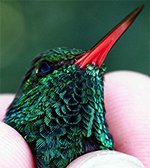
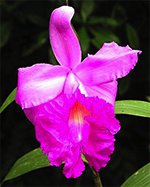
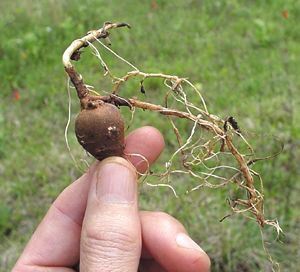 These were roots of Schweinitz's Sunflower,
These were roots of Schweinitz's Sunflower, 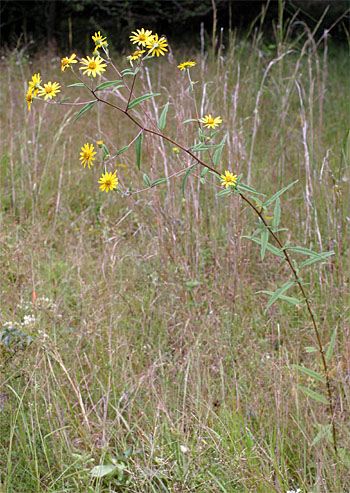 Some vegetative growth did occur that first summer and we waited with bated breath until the following spring to see if the Center's sole remaining rootstock of the rare sunflower would sprout. In 2003 a short, non-flowering stem did arise and die back at season's end, but the next year a single stalk erupted, reached the towering height of seven feet
Some vegetative growth did occur that first summer and we waited with bated breath until the following spring to see if the Center's sole remaining rootstock of the rare sunflower would sprout. In 2003 a short, non-flowering stem did arise and die back at season's end, but the next year a single stalk erupted, reached the towering height of seven feet 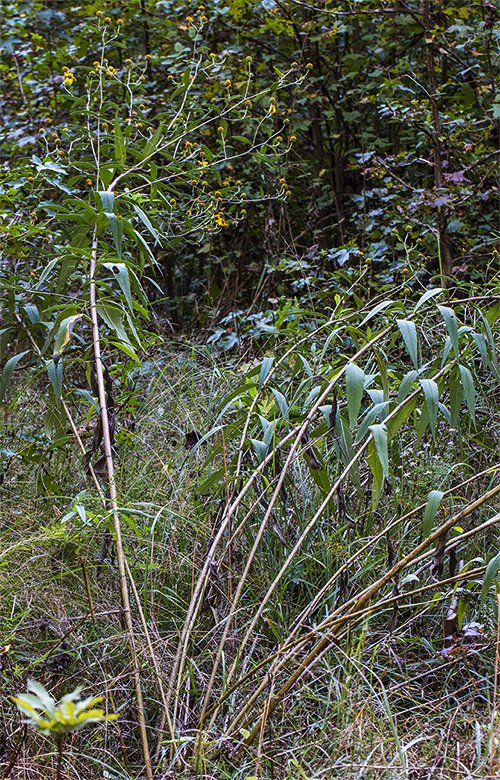
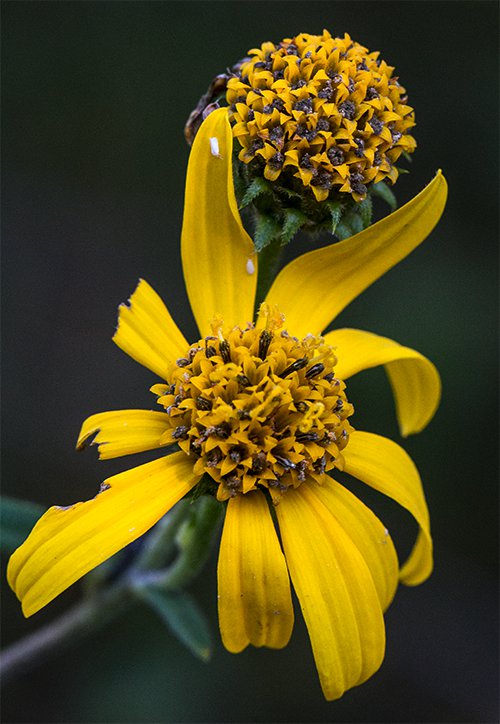
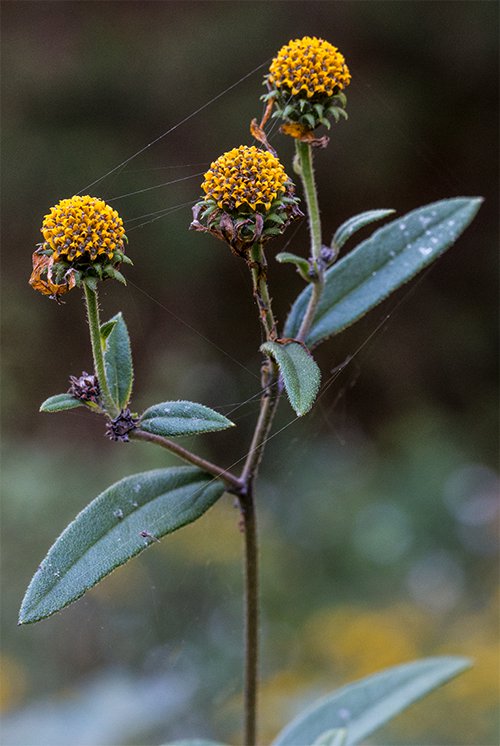
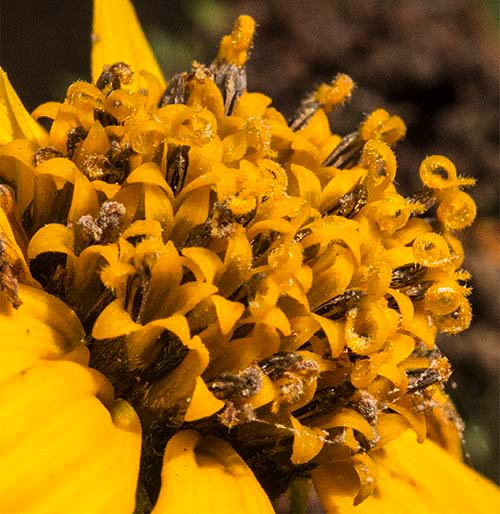
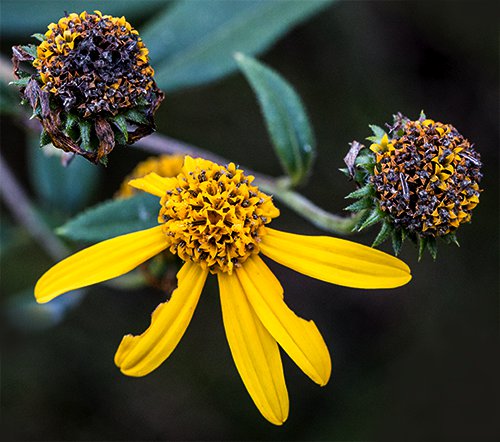
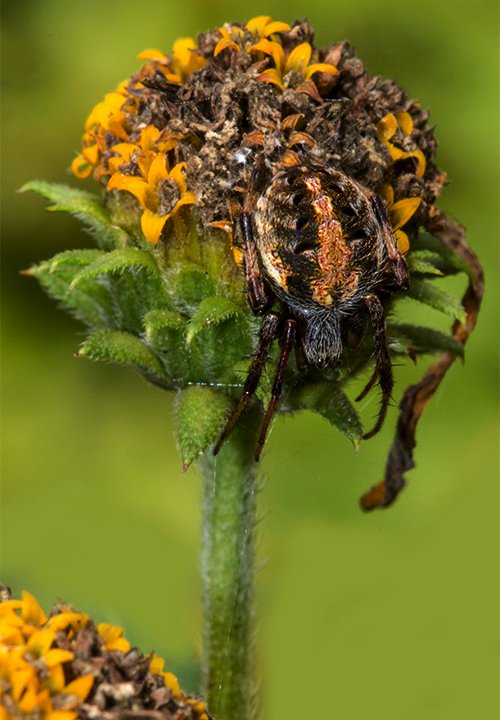








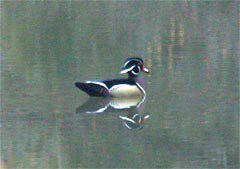
 Please report your sightings of
Please report your sightings of Oct 15 to Mar 15:
Oct 15 to Mar 15: